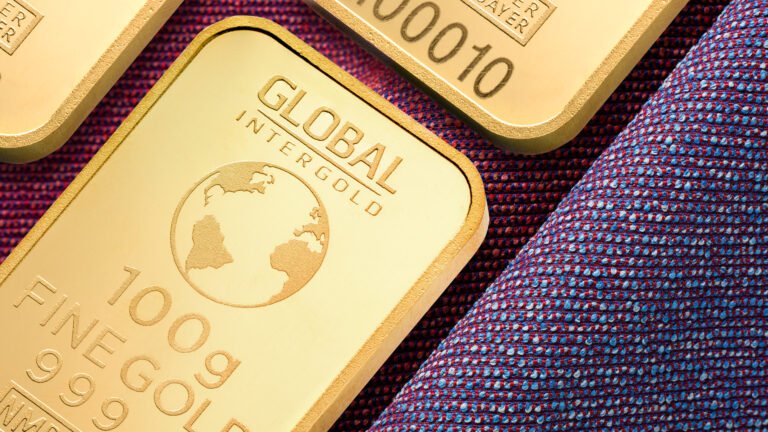Quick Insights:
- Central banks are buying gold at record pace in 2025, driven by inflation, geopolitical risk, and financial stability goals.
- Gold acts as a neutral reserve asset, independent of any single currency or political influence.
- Emerging economies use higher gold reserves to boost credibility with international markets.
- ESG factors are shaping reserve strategies, with rising demand for traceable, responsibly sourced “Green Gold.”
- For institutional investors, central bank buying signals long-term confidence in gold and supports its role as a portfolio stabiliser.
For centuries, gold has served as the ultimate store of value — a safe-haven asset in times of market volatility, inflation, and geopolitical tension. In 2025, central banks around the world are once again reaffirming this role by expanding their gold reserves at the fastest pace in over a decade. But what is driving this renewed appetite for gold, and what does it mean for institutional investors?

1. Hedging Against Inflation and Currency Risk
Global inflationary pressures remain elevated following years of fiscal stimulus, supply chain disruptions, and commodity price volatility. Many central banks are reducing exposure to the US dollar and other fiat currencies by increasing gold allocations. Unlike currencies, gold cannot be printed or devalued by policy decisions, making it a reliable hedge.
2. Geopolitical Realignments
Ongoing geopolitical tensions — from shifting trade alliances to regional conflicts — are prompting central banks to rebalance their reserves. Gold provides neutrality: it is not tied to any one country’s political or economic agenda. This independence makes it an attractive reserve asset for nations seeking financial resilience and autonomy.
3. Strengthening Financial Stability
For emerging market economies in particular, holding physical gold strengthens credibility with international lenders and investors. A higher gold reserve signals economic stability, reduces perceived default risk, and improves a country’s creditworthiness.
4. ESG and Sustainable Sourcing
There is also a growing emphasis on responsibly sourced gold. Central banks, like institutional investors, are increasingly under pressure to demonstrate that their holdings meet ESG standards. The demand for “Green Gold” — ethically mined and fully traceable — is therefore rising, further shaping global gold trade flows.
5. Implications for Institutional Investors
For institutional investors, central bank buying is a strong signal of confidence in gold’s enduring role. Increased sovereign demand reduces available supply on the open market, supporting prices and making structured, compliant trade models even more attractive. Investors seeking exposure to gold today are aligning themselves with the very same strategies adopted by the world’s largest reserve managers.
Conclusion
Central banks are not simply stockpiling gold out of tradition; they are actively reshaping their reserves to prepare for a more uncertain, multipolar world. For institutions, this reinforces gold’s place in a diversified portfolio — as both a safeguard against risk and a vehicle for long-term value preservation.



